-
Posts
108 -
Joined
-
Last visited
Content Type
Profiles
Forums
Downloads
Gallery
Posts posted by Karissap
-
-
-
-
There is a NI Developer Zone site which may help: PID Theory Explained
Do you have the LabVIEW PID Control toolset?
-
There is a NI Developer Zone site which may help: PID Theory Explained
Do you have the LabVIEW PID Control toolset?
-
-
-
Try going into VI properties, go into the execution category and tick the box "Reentrant execution", this will mean each instance of the sub VI will run in its own memory space.
-
The internal temperature of some DAQmx devices can be accessed using the board temperature internal channel or by using the calibration info property node.
See Accessing the On-board Temperature Sensor of a DAQ Device
-
QUOTE (TobyD @ Aug 21 2008, 02:14 AM)
For some programmers peoples lives and safety do depend on their code. LabVIEW is being used increasingly in critical process control and medical instrumentation. "Ugly Code" and Race conditions have killed people before eg. the infamous http://en.wikipedia.org/wiki/Therac-25' rel='nofollow' target="_blank">Therac-25.
Ugly code makes software harder to review, find bugs and test.
So beware of the killer spaghetti code!
-
Just because you know how to do something now doesn't mean you'll remember how to do it in 10 years if you haven't been using it.
I have my pilot's licence and have to do a flight review every two years to keep it current but an extra endorsement or rating counts as a review.
A similar thing could be done for LV Certification, you could get some kind of endorsment by doing courses in NI hardware or LV software toolboxes, new features etc (GOOP would be nice) through NI or approved 3rd pary courses, and this could count as re-certification of LV status.
-
You could set VISA Alias names for each device using MAX.
You'd still have to update it when you swap instruments though but at least it's not a code change.
-
You should be able to use the Microsoft UI Automation libraries. There are examples in other languages Here if you can translate them to LabVIEW. There is also an article about using it for testing a user interface
I had a go at it but didn't get very far, here's what I got before I got stuck.
-
Try wiring 0 and 5 constants to the minimum value and maximum value inputs of the DAQmx Create Channel vi.
If this doesn't work you could use the "Generate NI-DAQmx code" feature from the daq assistant by right clicking on the express vi after you've configured it.
-
I assume you are talking about the simulate signal express vi. If so you can right click on the vi and choose open front panel from the pop-up menu, this will turn it into a normal vi you can edit. Then you can change the # of samples constant to a control and add a connector for it. If you just want to know the # of samples from the signal you can use the statistics express vi with total samples selected.
-
I'm not sure if there is a property for this, I don't think there is. You could use a boolean indicator on the VI you're interested in that only turns on while the VI is executing, there will be a small delay though.
Here's an example
-
What output speed do you need? The USB-6008 is a low cost USB-DAQ, it doesn't have buffered output and has a software timed output sample speed of only 150Hz.
Other high performance USB Daqs will give you a high speed buffered output. For example the USB-6211 outputs at 250kHz with a buffer size of 8,191 samples.
-
I have projects written in LabVIEW 7.1 and can open them with no problems in LabVIEW 8.5 the only problems you might encounter is driver incompatibilities and if any of your code has the block diagram removed, there might be other upgrade issues too, the release notes would contain more information. The only VIs I've found that have been too old for LabVIEW 8.5 to open at all are LabVIEW version 5.1 or older.
-
To make the graph look like that you can right click on the spectrum graph and select properties from the menu, there you can change the scaling of the x axis to be logarithmic and other display settings. To get the spectrum to display up to a frequency of 20k your sampling frequency will need to be at least 40k. You might want to also play around with the different windows, Hanning is usually used.
-
Fixed, thanks.
-
When clicking on messages in my inbox to read them I get a blank page.
Have tried opening messages in IE6 and Firefox and neither works.
-
Hi Pika
If you just want to display the .swf video use an Active X control, see Knowledge Base - Can I use a flash animation inside of LabVIEW
If you want the .swf video as an input to your program for analysis etc you can you one of the various free/ open source command line converters, call it from LabVIEW using the System Exex.vi, convert the swf file to a supported format such as avi and use that.
-
For a transmitter and receiver you could use the TCP, UDP or DataSocket functions.
If you want to set custom properties try converting the data to a variant and using "Set Variant Attribute.vi"
Have a look at the example "DS Writer With Attributes" in the NI example finder. This shows an example of DataSocket communication with variant properties.
For converting strings to number formats you can also use "Scan from String.vi" which gives more flexibility to scan a value from a string into any format.
-
Skipping frames is probably a Windows thing. Maybe using a real time operating system like Phar Lap ETS with LabVIEW Real Time would be better for your application.
-
I was under the impression that dqGOOP was the fastest implementation of GOOP. Here is their performance comparison.



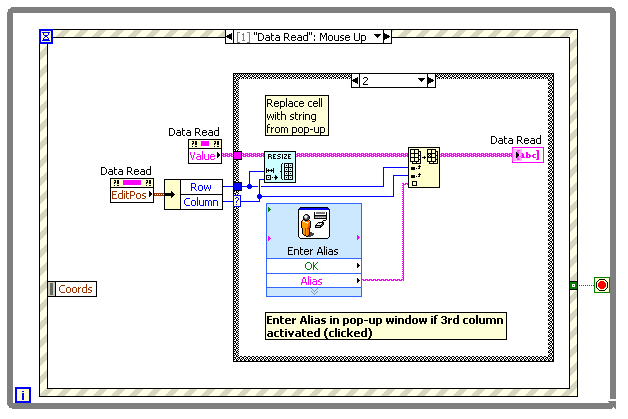
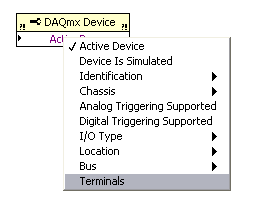
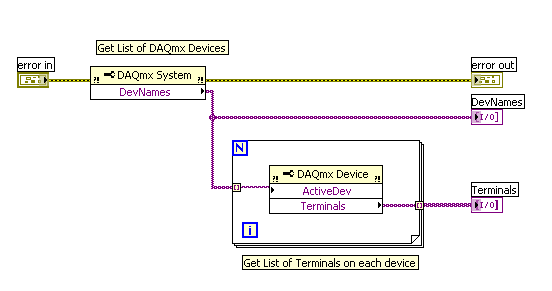
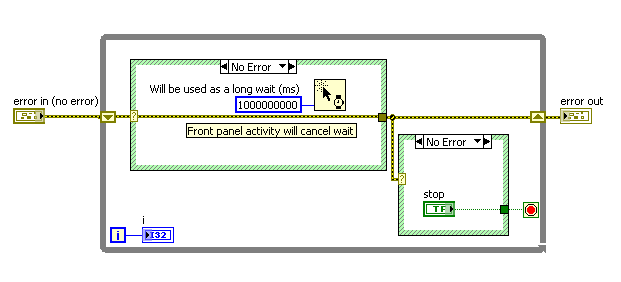

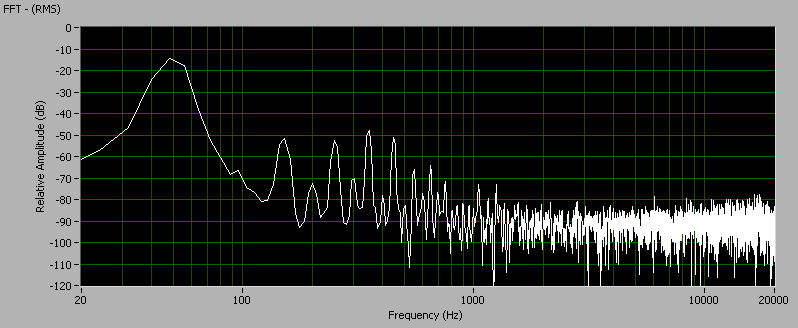
Need Help
in LabVIEW General
Posted
It would be helpful to know what exactly you want to do, what data type you are using, string, numeric, and what dimension array size, 1D, 2D etc.
If you want to replace an array element without resizing it use the "Replace Array Subset.vi" or in place element structure, if you want to add an array element but not replace any existing elements use the "Insert into array.vi" or the "Build Array.vi". You can also use auto-indexing on a for loop to create arrays automatically.
Here's a screen shot of these different methods: